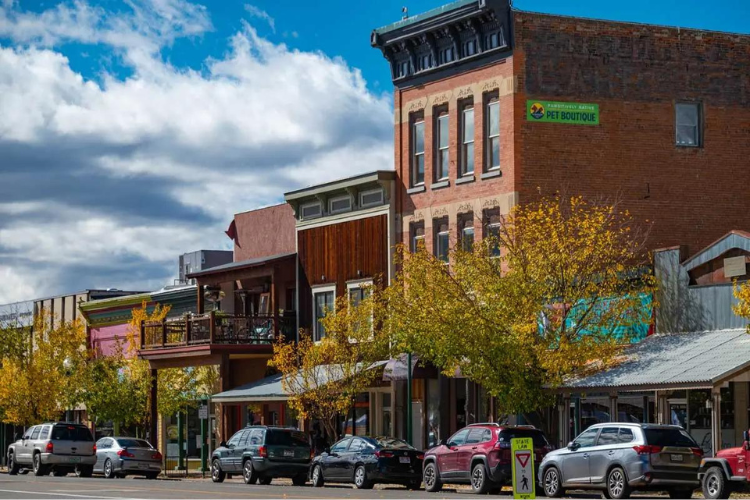By Jace DiCola, The Grand Junction Daily Sentinel
Photos by Mariel Wiley
Initiative aims to bridge cultural and linguistic gaps for estimated 350 Indigenous residents
The Náayerite (known as the Cora in the U.S.) are an Indigenous people native to northwestern Mexico who uphold well-preserved traditions and beliefs with a spoken language of five dialects. Gunnison County on the Western Slope happens to have the largest population of Náayerite diaspora, more than 1500 miles from their native lands.
Their cultural and linguistic differences have created challenges to the estimated 350 Náayerite living in the Gunnison area, creating disparities in access to health care. However, Náayerite leaders and other neighbors are collaborating to mend disconnections through an initiative with Gunnison Valley Health (GVH), the 24-bed hospital owned by Gunnison County.
One of the initiative’s primary leaders, Cole Cooper, is a master’s student in Rural Community Health at Western Colorado University. He's working with GVH to explore the health beliefs of and care gaps affecting the Náayerite community.
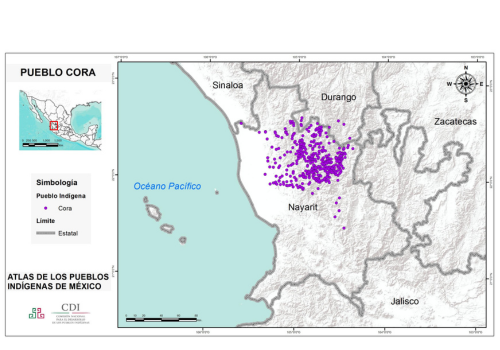
“They came here originally doing sheep herding, construction and things like that in the nineties,” Cooper said. “They were seen as really hard-working people and were really respected. Then this became known as a safe place for them to migrate to, so we just saw an influx of Cora people over time.”
Adding to Colorado's diversity
The growing cartel violence in the Mexican state of Nayarit, named for these Indigenous people, the opportunity for safety and higher-paying work led younger Náayerite men and women to immigrate. With opportunities for permanent work, they settled in Montrose, Delta and Gunnison, providing a path for relatives in Mexico who also wanted to immigrate. Now, their community is a pillar in this mountainous area.
Magdaleno Diaz, a Náayerite advocate and one of few translators, understands that not many of his people visit GVH or access local health services. “I know this because I come from the same place. We don’t really like to speak with other people,” he said. “We (can be) embarrassed and nervous because the first thing that comes to my mind is 'I can’t do it, and I don’t say the right thing. I could be in trouble or something.'"
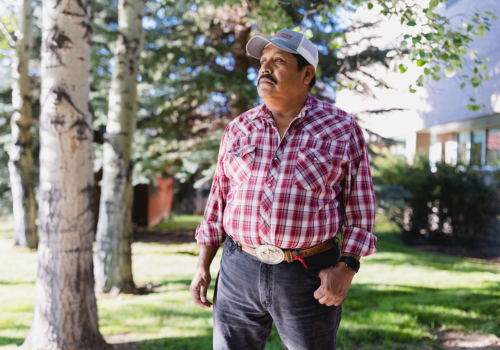
For four years, he's supported his neighbors when not working at Western Colorado University. He began by accompanying people to doctor appointments when they asked for interpretation assistance. Later, he volunteered at Gunnison Country Food Pantry. Before long, he was hired to interpret for Náayerite defendants at the local public defender’s office, courtrooms and probation office. He also converses with GVH managers on his experiences and ways to decrease barriers between his people and community health care.
Linking languages to increase health equity
The language barrier can be especially frustrating because many translation services center around Spanish, a completely different language from the five Náayerite dialects. Additionally, a written form of the language only recently emerged.
Jennifer Birnie, Vice President of Community Health and Development for GVH, played a role in kickstarting and funding the Náayerite health initiative led by Cooper. She said solving the challenges has proven more difficult than identifying them.
“It’s really hard to find Cora interpreters,” Birnie said. “We’ve got plenty of Spanish-speaking interpreters, but very few Cora interpreters. So, we literally can’t understand them."
A cultural perspective on wellness
Another factor with perhaps greater impact than the language barrier is the disconnect between Western Medicine and traditional Náayerite beliefs about health and spiritual healing. Cooper’s research, alongside others, found that Náayerite beliefs around health and wellness are interwoven with community and customs. As is common with many Indigenous Peoples, Náayerite well-being is holistic and tied directly to family, community and cultural ceremonies.
“At the hospital in Mexico where I’m from, if you break your arm, they fix it with natural medication,” Diaz said. “They make tea for so many things, like when you have a fever or headache, so you’re not going to the doctor too much.”
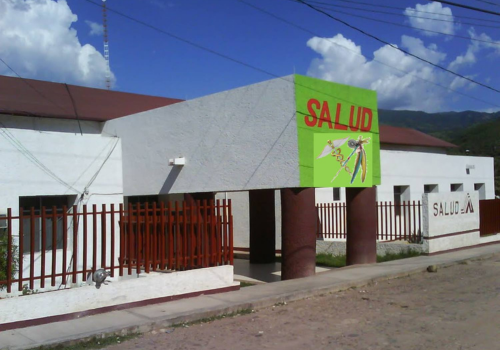
The Hospital Mixto de Jesús María in Nayarit, which Diaz referenced, maintains two facilities: a Western medicine wing and an Indigenous medicine wing. The Indigenous wing consists of traditional healers, including the spiritually curative "curanderos," herbalists, doulas, bone-setting "hueseros" and massage therapy "sobadores."
Health providers from both wings of medicine work together to offer patients a diagnosis and treatment plan and enable patients to select methods that work best for them. Because this holistic health model is the standard in their native land for most Náayerites, many of them expressed a desire for similar health care here.
According to Cooper, it's critical to understand that while Náayerite beliefs don’t perfectly align with western medicine, it doesn't mean they're incompatible. He said that the Náayerites don't exclusively believe in spiritual causes of illness; they understand natural and physical factors, too.
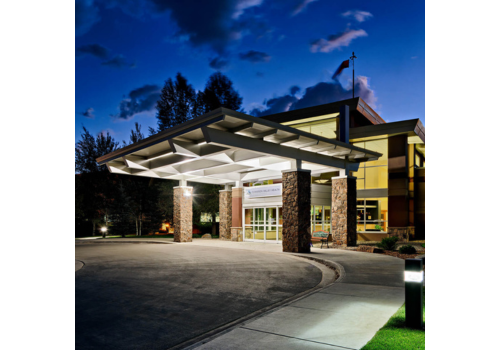
Increasing cultural competence in local health care
According to Diaz and Birnie, one easy solution is to increase the cultural competence within GVH to create a safe, welcoming space for Náayerite care. Birnie added that GVH has organized training that involves staff interacting with Náayerite residents to discuss their perspectives and problem-solve together.
GVH staff also have conversed with Hospital Mixto de Jesús María about potentially providing some of the traditional healing methods through telehealth. This would enable GVH providers and patients to consult with a traditional healer in an international video meeting.
Beyond telehealth and cultural competency, Birnie said that an ideal solution for filling medical positions would be to sponsor Náayerite neighbors for the necessary U.S. schooling to provide services in Gunnison.
“A lot of immigrants move here, and they’ve got a lot of experience,” she said. “They were lawyers, therapists and doctors, and they came here because they want a better life, but because of the language barrier or their legal status, they aren’t able to practice in the same profession that they did when they were in another country .... We just have to identify who those people are.”
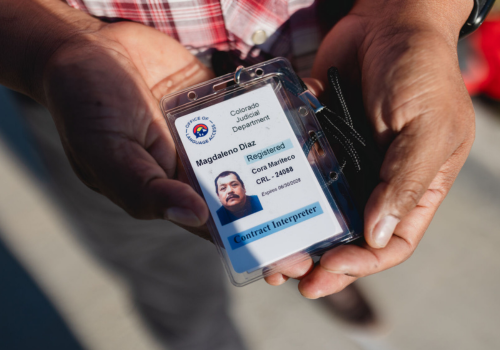
Addressing mental health concerns
In a report he completed as part of the initiative, Cooper mentioned mental health disparities as well. He found several incidences of what is known in western medicine as depressive symptoms among the Náayerite community. His report suggests that these mental wellness challenges may stem from lived experiences, such as the violence in Mexico from which they escaped (one Náayeri to whom he spoke lost two brothers to cartel violence), trauma related to their journey across the U.S.- Mexico border and a culture in which discussing mental health is stigmatized.
GVH is in talks with the Náayerite to determine ways the organization can help them understand and navigate mental health support and services while also destigmatizing mental health through educational advocacy.
We republished this article through a partnership with the Colorado News Collaborative.

